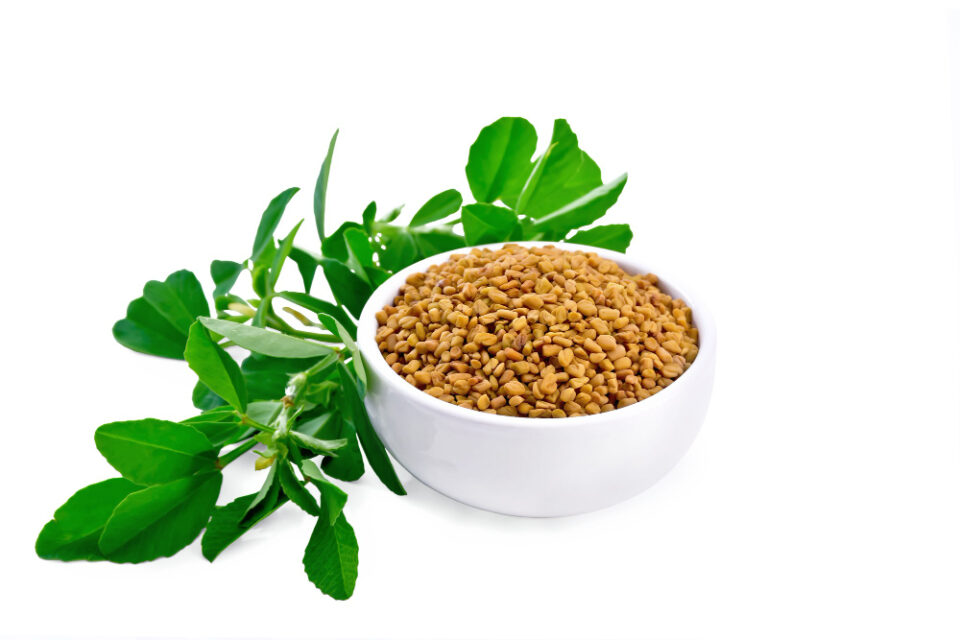If there’s one seed that deserves a standing ovation in the fight against type 2 diabetes, it’s methi. Not because it’s fashionable. Not because it’s exotic. But because it works quietly, consistently, and across centuries of Indian wisdom and modern science.
Packed with soluble fibre, rare amino acids like 4-hydroxyisoleucine, and potent plant compounds, methi doesn’t just sit in your masala dabba waiting for the next curry. It actively lowers blood sugar spikes, improves insulin sensitivity, and slows carbohydrate absorption. All this, for the cost of loose change and a little commitment.
And yet, every time I mention it in my clinic, I see eyebrows rise.
“Just methi, Doctor? No new supplements? No complicated reversal protocol?”
Yes—and no. Let me clarify: I never recommend methi as a monotherapy. I prescribe a comprehensive Ayurvedic treatment tailored to each patient, encompassing herbs, formulations, diet, and lifestyle changes. Methi is part of the plan, not the whole plan. It’s a powerful ally, not a solo warrior.
In a world chasing fancy cures, methi is a simple solution. A teaspoon soaked overnight. A habit that hinders high sugar. A bitter friend in a sweet-toothed world.
Let me show you how to use it. Properly. Effectively. And without pinching your nose.
How do you take methi for diabetes? Let’s get real and precise.
Methi seeds soaked in water: Take one teaspoon (4-5 grams) of raw methi seeds. Soak overnight in half a glass of water. In the morning, chew the softened seeds and drink the water on an empty stomach. Don’t gulp them whole. You’re not a pigeon. Chewing releases the galactomannan and 4-hydroxyisoleucine—two compounds that slow sugar absorption and improve insulin sensitivity.
Methi powder: Roast and grind the seeds into a powder. Take half a teaspoon (2 grams) twice a day, ideally before meals. You can mix it in warm water. Warning: it smells like wet socks. But it works. I’ve seen patients reduce their HbA1c by 0.5–1% in 3 months with just this and mild walking.
Methi sprouts: Sprouting the seeds makes them more digestible and reduces their bitterness. Eat one tablespoon (about 12–15 grams) daily—add them to salads, curd, or upma. You’ll get a dose of antioxidants and a gentle metabolic boost.
Methi laddu (without jaggery): Mix roasted methi powder with dry ginger, ajwain, and ghee. Stevia optional. Roll into tiny balls. Shelf life? Two weeks in an airtight container. Max one per day. They’re not dessert. They’re medicine disguised as dessert.
Still sceptical? Let me tell you why methi deserves a place in your diabetic toolkit.
It’s rich in soluble fibre (galactomannan), which slows down the digestion and absorption of carbohydrates. That means your blood sugar doesn’t spike like it’s on a trampoline. Methi also contains 4-hydroxyisoleucine, a rare amino acid that directly stimulates insulin secretion.
It’s not just me saying this. Clinical trials, animal studies, old Ayurvedic texts, and modern pharmacology journals all agree: methi helps lower blood sugar, HbA1c, cholesterol, and even appetite. It works at the level of the gut, the pancreas, the liver, and the mind (because when you’re chewing bitter seeds daily, you automatically start respecting food more).
However, let me tell you what not to do.
One of my gym-obsessed patients blended methi powder with his protein shake. He called me in panic: “Doc, my stomach feels like a cement mixer.”
Why? Because methi is mucilaginous—it swells. It needs to be soaked, sprouted, or roasted. It’s not a supplement. It’s a seed. You don’t swallow methi raw like a vitamin. That’s just self-inflicted bloating.
Another lady thought more is better. She was taking three tablespoons a day. Her family started refusing to share the room with her. “My sweat smells like curry leaves,” she cried.
I said, “That’s not the methi. That’s your overenthusiasm.”
Stick to one teaspoon a day, whether soaked, powdered, or sprouted. It’s bitter medicine, not a new religion.
Ayurvedically speaking…
Methi is ushna virya (heating in potency), laghu (light), tikta (bitter), and katu vipaka (pungent post-digestion). It pacifies vata and kapha—both are imbalanced in type 2 diabetes (called prameha in Ayurveda). Its bitterness kindles agni (digestive fire), improves meda-dhatu (fat metabolism), and helps prevent your blood sugar from rising and turning your bloodstream into a sticky, sugary mess.
It improves satiety. People who take methi report fewer cravings. That means less emotional snacking, which is half the battle in diabetes.
It reduces LDL cholesterol and triglycerides—a boon for individuals with diabetes who are prone to heart disease.
It supports liver detoxification. One patient with fatty liver saw remarkable improvement just by adding methi and reducing processed foods.
A 65-year-old retired schoolteacher came to me frustrated with her fluctuating blood sugar levels. Her son had given her a smartwatch to track her steps, a glucometer to monitor her sugar levels, and a weight-tracker app to track her food intake.
She said, “Everything tracks me, Doc. But nothing fixes me.”
I prescribed methi seeds. Soaked. Chewed. Daily.
She returned after a month, holding the glucometer like a trophy. “This thing is finally behaving. Thank the seeds!”
She now calls them “my bitter friends.” And yes, she carries them in her handbag.
We Indians often look to America for superfoods. But methi is a desi gem. No big marketing. No fancy packaging. Just solid science, thousands of years of Ayurvedic validation, and my own clinic’s results to back it up.
It’s not magic. It’s not a shortcut. But it’s a habit—the kind that transforms blood sugar readings and lifestyle patterns.
Start with a teaspoon.
Chew. Sip. Swear at the bitterness if you must.
But stay with it.
What’s bitter can be the sweetest gift to your health.

